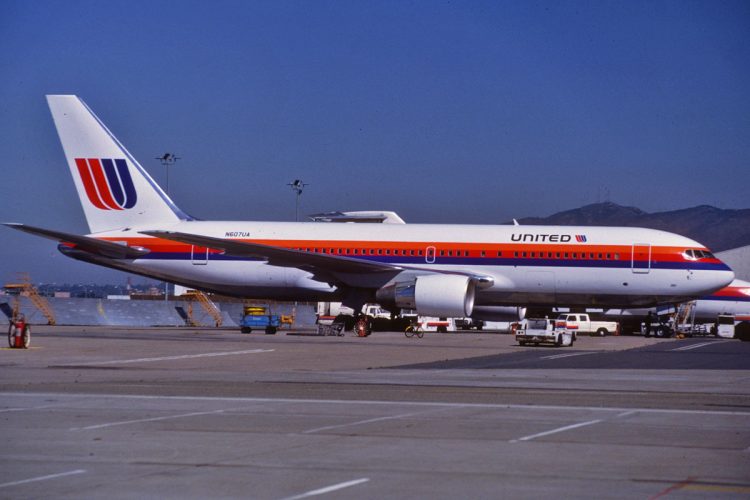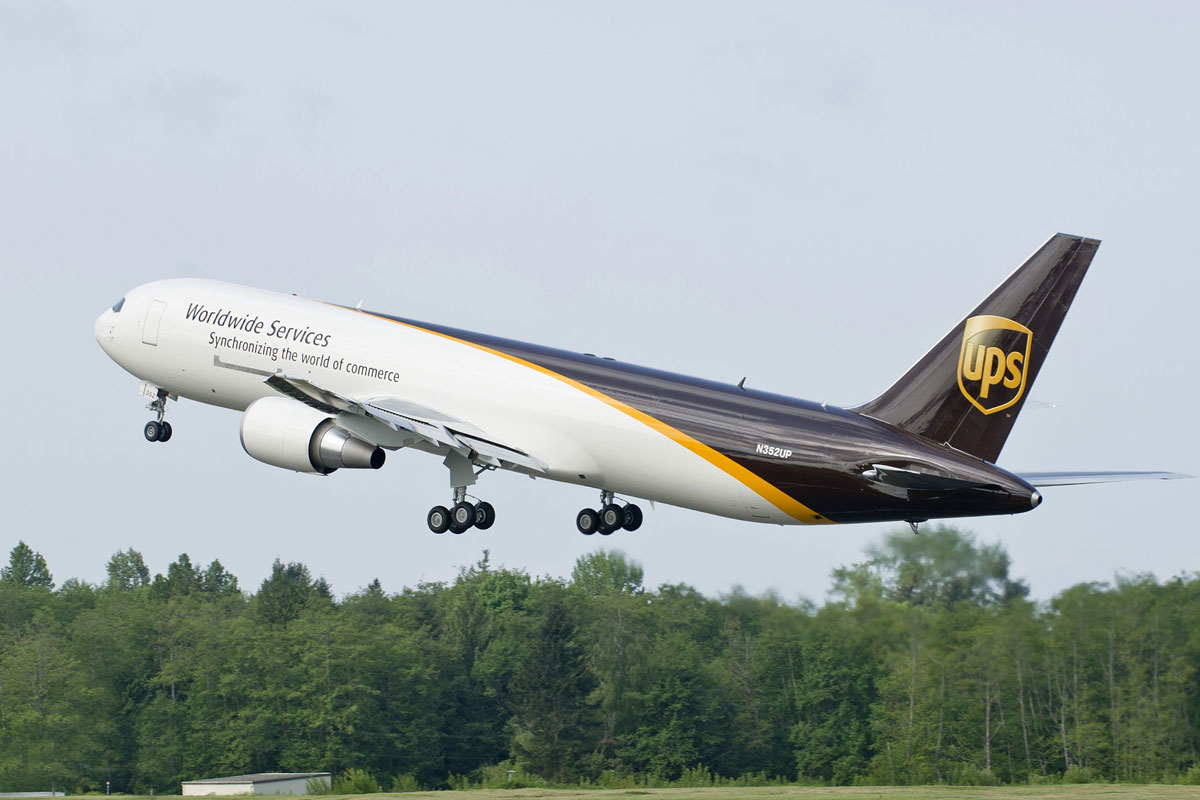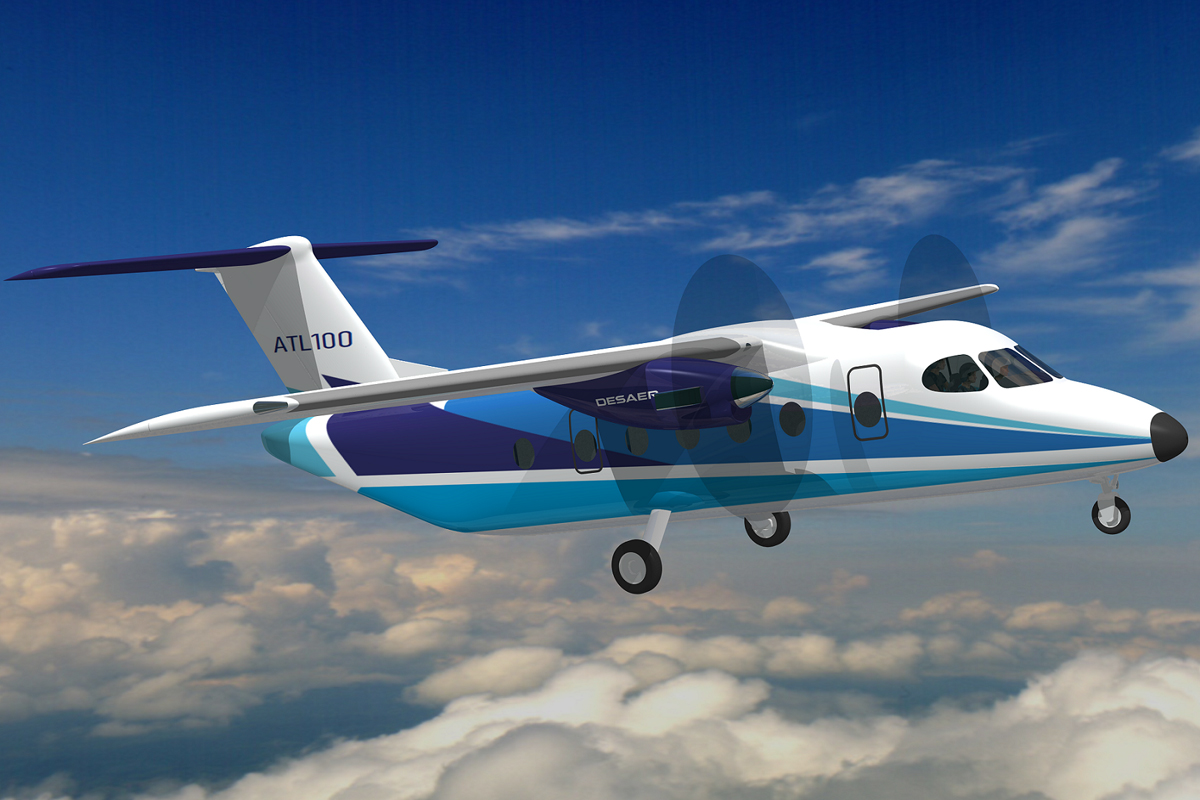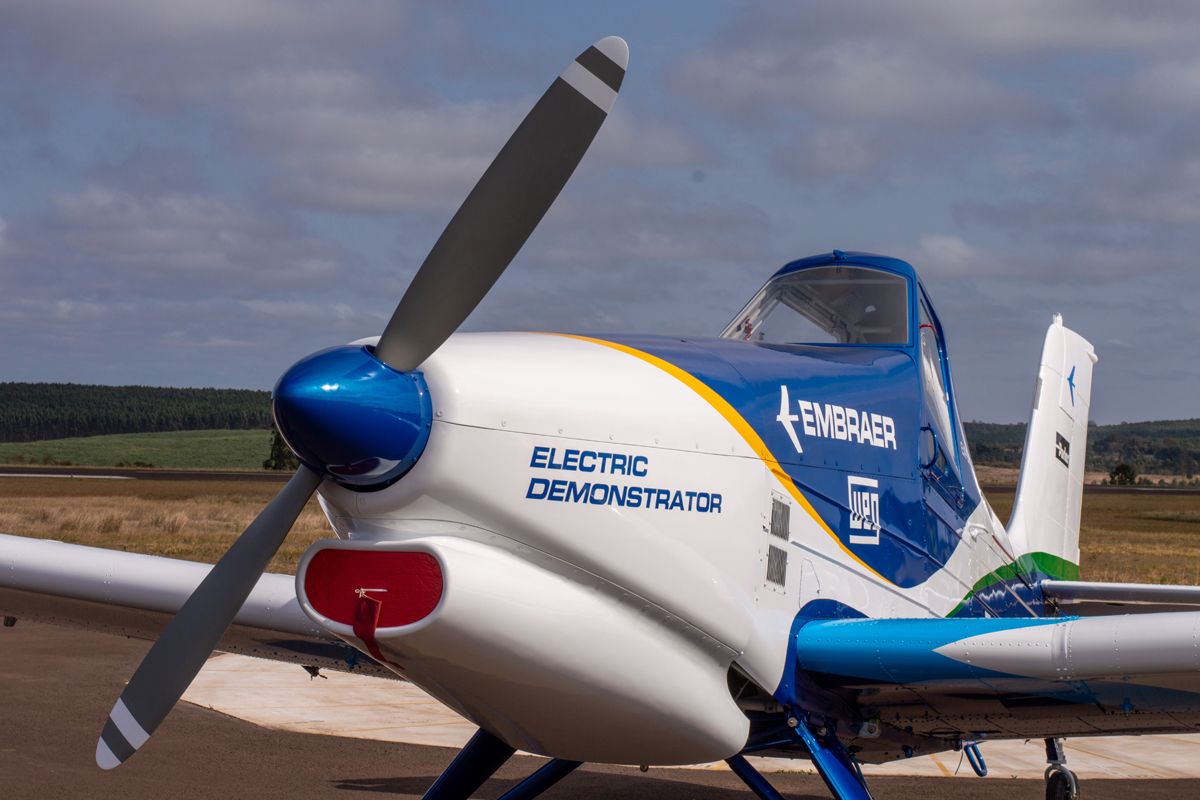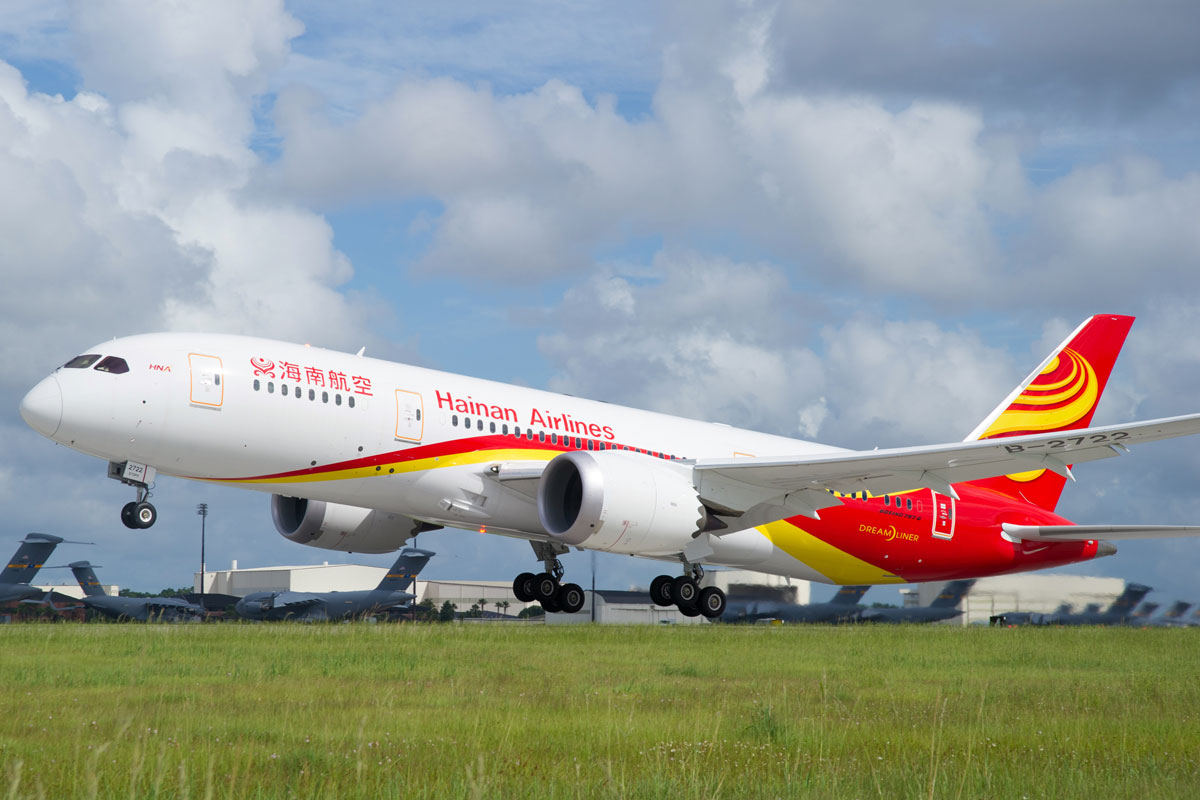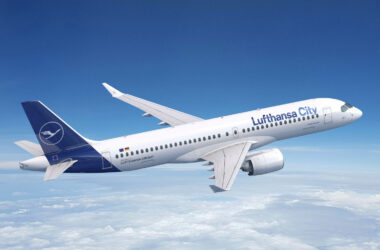Almost close to its 40th birthday, the 767 is about to have its production expanded. Boeing recently announced that the widebody will have a production ratio of 3 aircraft per month against 2.5 to date.
The reason is the expansion of the air cargo market caused mainly by the increase of online commerce and express delivery. Added to this phenomenon was also the ordering of the U.S. Air Force’s KC-46 air refueling version.
On social networks, Boeing celebrated the increase in production justified by the decision to increase demand for freighter aircraft that “is expected to grow by more than 75% over the next 20 years”.
Boeing currently has a 767 backlog totaling 96 units, all of them cargo ships after all the last passenger jet was delivered in 2014 to the airline Air Astana.
Boeing has even considered reopening the 767-300ER assembly line, the most successful variant of the widebody, but has instead preferred to focus on the NMA, a project being prepared by the manufacturer in recent years.
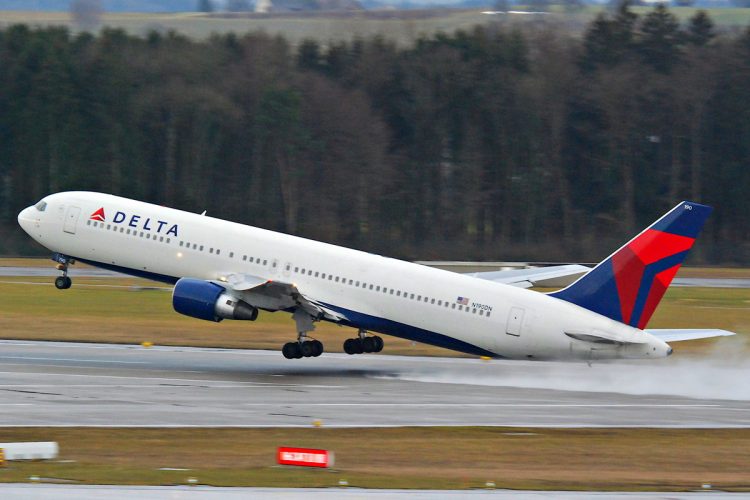
Active fleet
Despite losing market share after the launch of its Airbus rival A330, the Boeing 767 remains a widely used aircraft. In the U.S., the three major airlines still have a large number of active aircraft, including Delta, the largest carrier of the model with 77 aircraft. The company is even refurbishing the interior of its 767-400 to match the newly received A350 and A330neo.
The 767 went into service in 1982 with United Airlines and currently accumulates nearly 1,200 units of which over 700 continue to fly.
